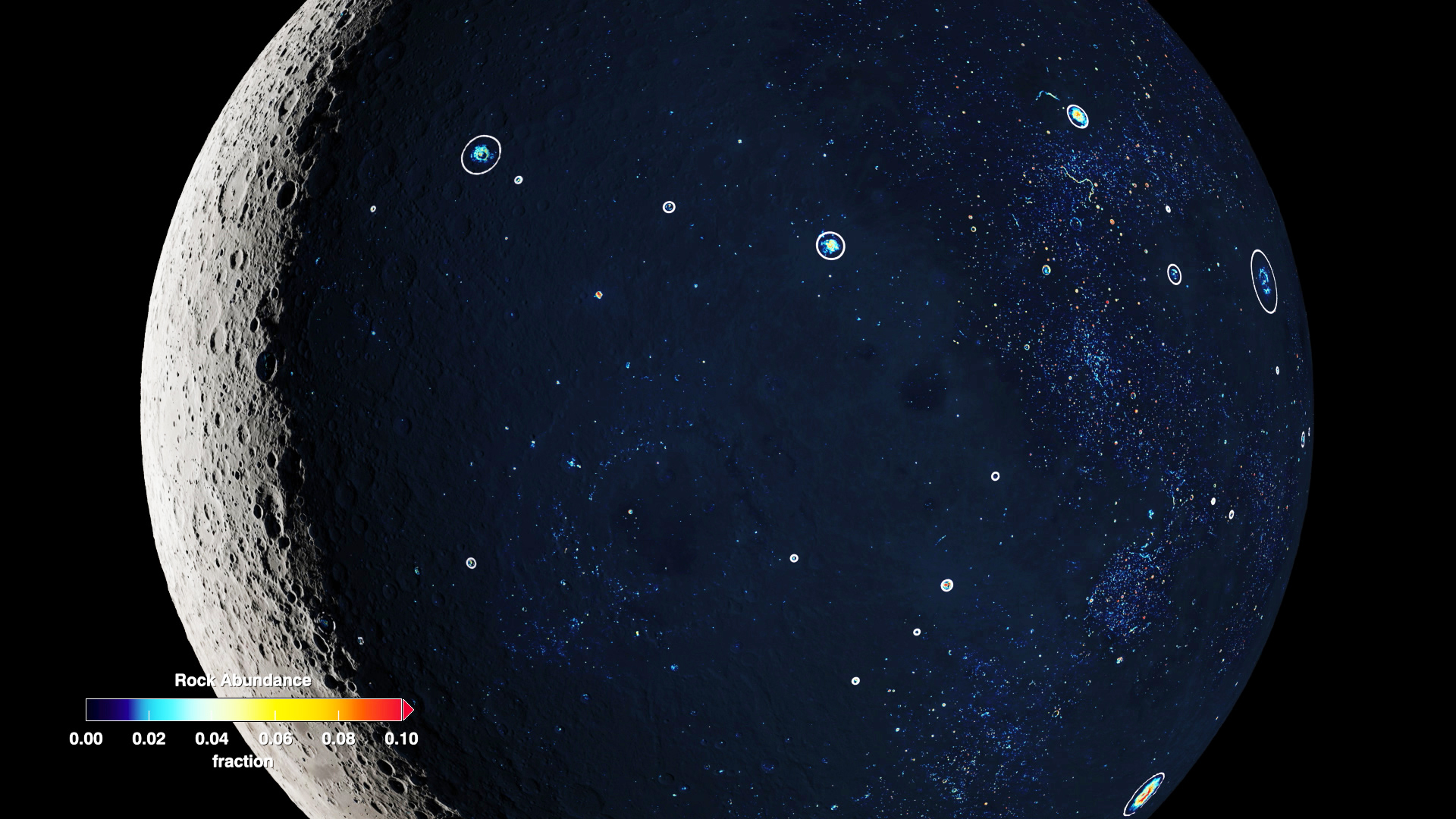Moon Craters a Window to Earth's Past

Studying asteroid impacts on the Moon uncovers Earth’s past.
By looking at the Moon a group of scientists is challenging our understanding of a part of Earth’s history. On Earth, asteroid impacts increased by two to three times starting around 290 million years ago. For decades many experts assumed that early Earth craters have been worn away by wind, storms, and other geologic processes. This idea explained why Earth has fewer older craters than expected compared to other bodies in the solar system, but it made it difficult to find an accurate impact rate and to determine whether it had changed over time. But by studying data on Moon craters from NASA’s Lunar Reconnaissance Orbiter, scientists found the Moon and Earth have historically shared a similar rate of asteroid impacts. The surface of the Moon is riddled with both ancient craters mostly undisturbed by erosion and craters from modern day impacts making it the most complete and accessible chronicle of the asteroid collisions that carved our young solar system – and collisions really did speed up 290 million years ago. Out in the universe, this should allow astronomers to better understand how celestial bodies experience asteroids impacts. At home on Earth, this revelation may have implications on the origin of life. Watch the video to learn more.
By analyzing data on lunar craters scientists have made a discovery about the history of impacts on the Earth and the Moon.

Rock abundance dates craters. In older craters rocks have been ground to soil over millions of years by a constant rain of tiny meteorites.

On Earth, the history of known craters shows in increase in impacts about 290 million years ago.

The craters on the Moon show the same increase in frequency at 290 million years ago. Scientists are still investigating why.
For More Information
See NASA.gov
Credits
Please give credit for this item to:
NASA's Scientific Visualization Studio
-
Scientist
- Sara Mazrouei (University of Toronto)
-
Writer
- Lonnie Shekhtman (ADNET Systems, Inc.)
-
Animator
- Ernie Wright (USRA)
-
Producer
- David Ladd (USRA)
Release date
This page was originally published on Monday, July 22, 2019.
This page was last updated on Wednesday, May 3, 2023 at 1:45 PM EDT.

